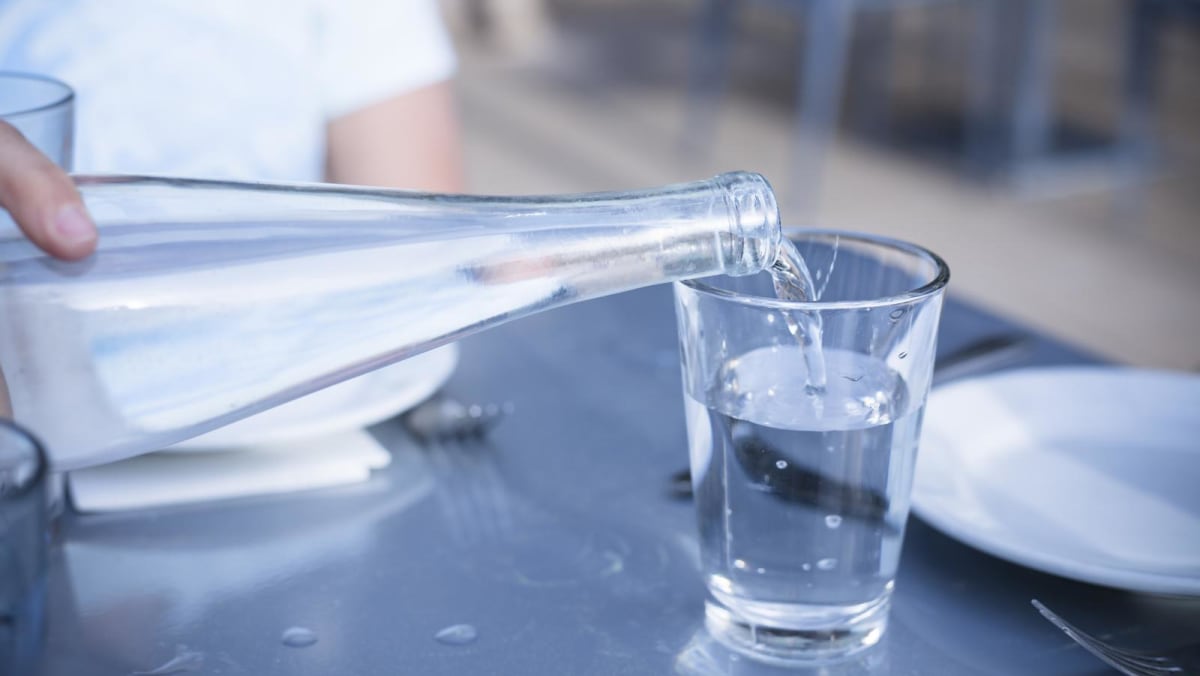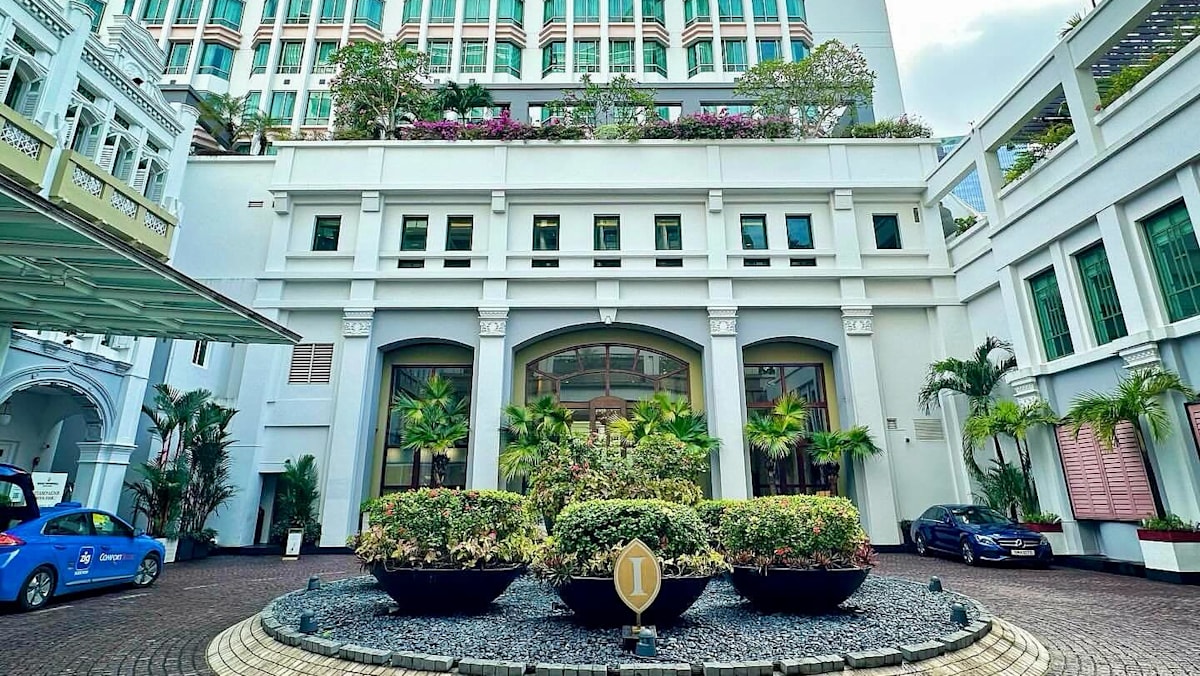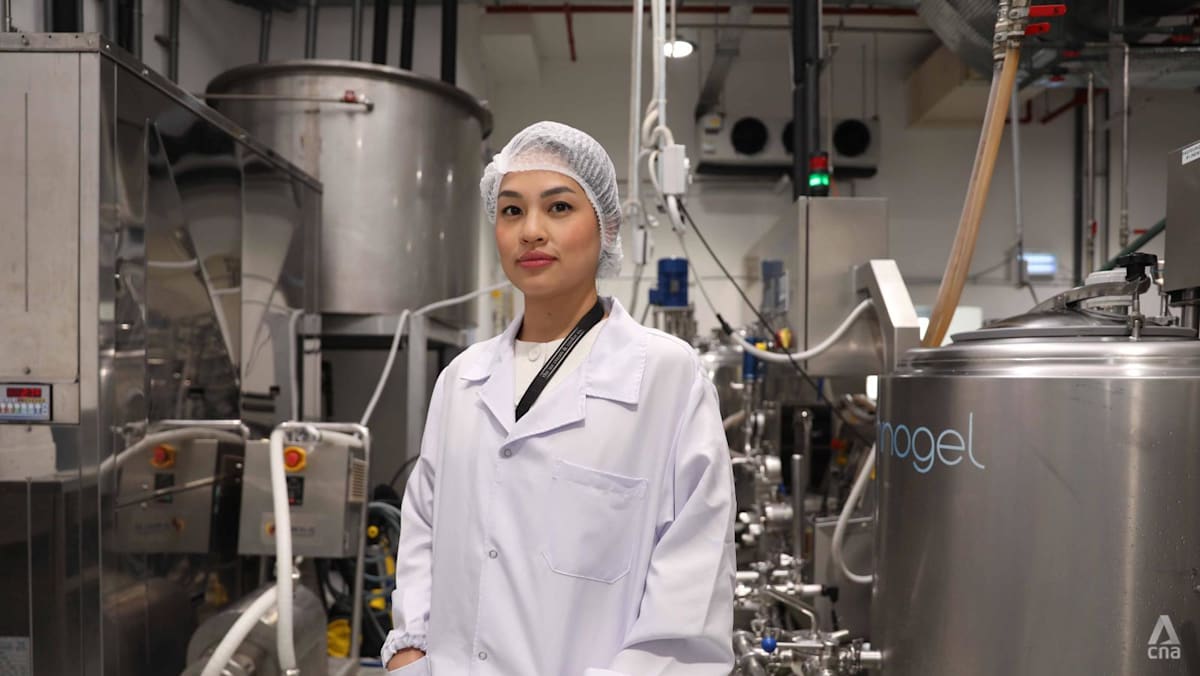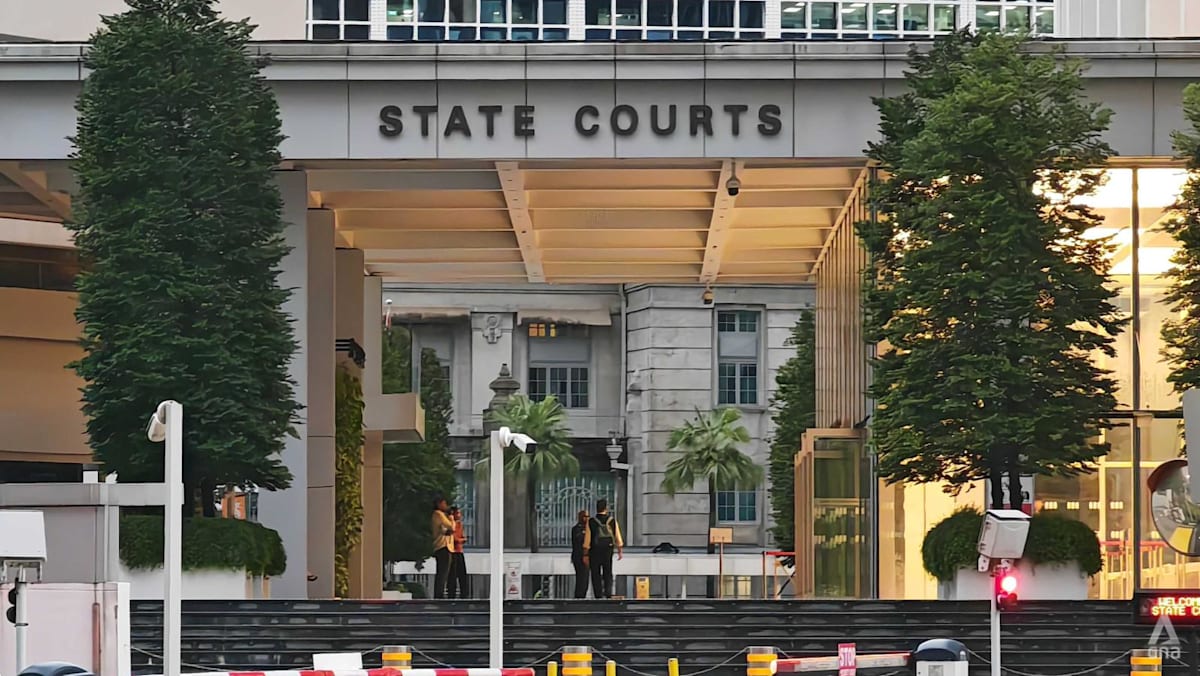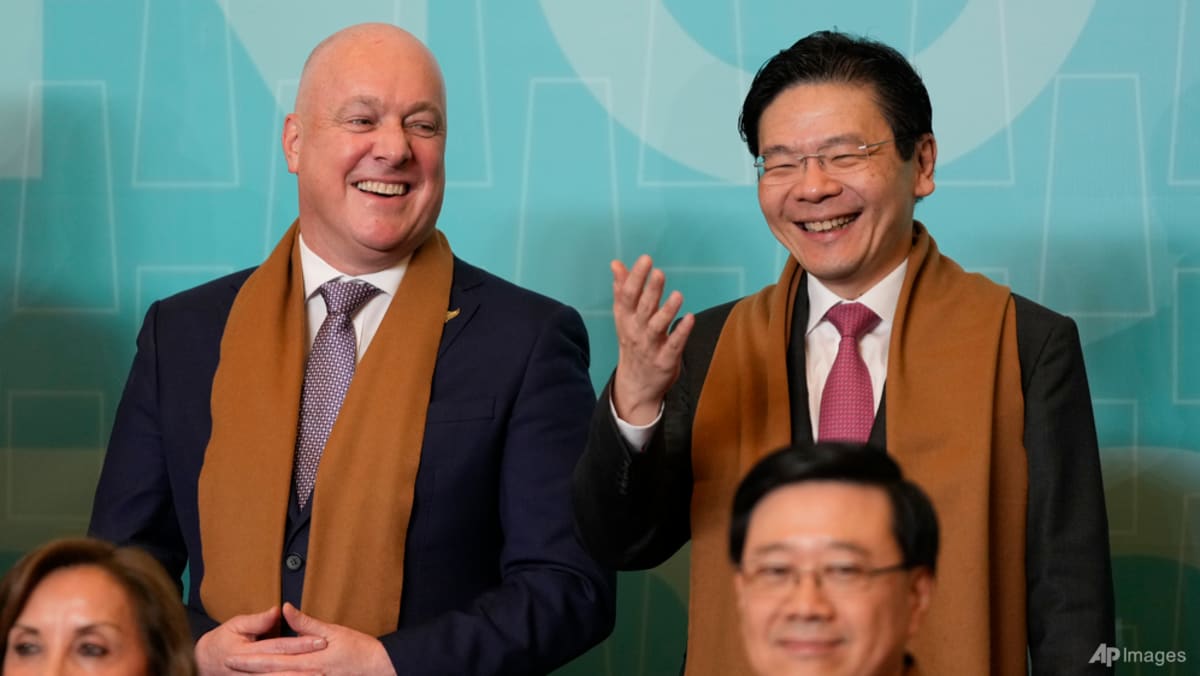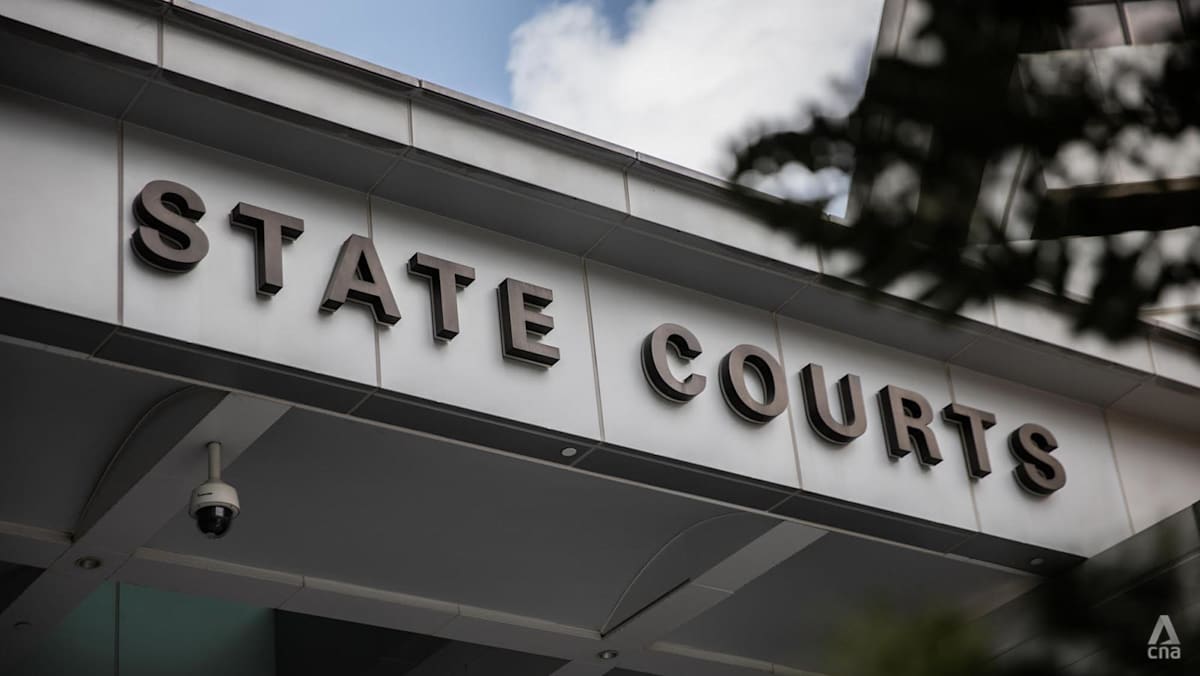FILTERING THE COST
Other restaurant owners who charge for tap water also requested anonymity for fear of public backlash.
“Business is already so bad, we don’t want people to take this against us,” said the owner of a Korean restaurant. “The restaurant business is tough. Our profit margin is small. In what other industry would making 10 to 20 per cent profit on a good month count as good business? But that’s the norm for restaurants. Bigger restaurant groups may be able to absorb the cost, but utilities are just one of many overheads for small businesses like ours.”
Another restaurateur pointed out that almost no establishments price tap water on par with soft drinks. “No one in the right mind goes into business to antagonise the customer. Everyone knows the cost of tap water, so who’s going to sell tap water in their restaurant for S$3 to S$4, which is the price of a soft drink in many restaurants?”
Upscale restaurants that charge for water typically serve water pumped from a filtration system at S$3 per person, free-flow.
For them, the concern is more about flavour than cost. Operations manager of Angie’s Oyster Bar & Grill said: “We understand some diners prefer water with their meal instead of wine or beer. However, tap water can negatively alter the delicate taste of live oysters. To ensure a pleasant dining experience, we serve unlimited premium Nordaq water. However, we do not want to profit from water sales. We decided that with water sales, 80 per cent of the proceeds will go towards The Helping Hand charity, supporting a good cause.”
Ronald Kamiyama, managing partner and sommelier of The Cicheti Group, echoed similar sentiments. “At our restaurants, we serve filtered water that uses a charcoal system that’s not only sustainable, but part of what we pay also supports jobs for women in Sumatra who plant trees in the region.”
Water filtration systems cost anywhere from S$1,000 to S$3,000 a month. “When you factor in wear and tear, which at restaurants oscillate around S$50 to S$200 a month, plus human hours, plus a series of minor costs that aren’t accounted for… it works out to a good amount of money,” said the chef-owner of a fine dining restaurant that does not charge for water. “We absorb the cost in our menu pricing.”
As one restaurant owner put it: “A small plastic bottle of water from 7-Eleven can cost S$3.50. But when a restaurant offers unlimited sparkling or still water for S$3, some people go nuts. Isn’t that an odd double standard?”





